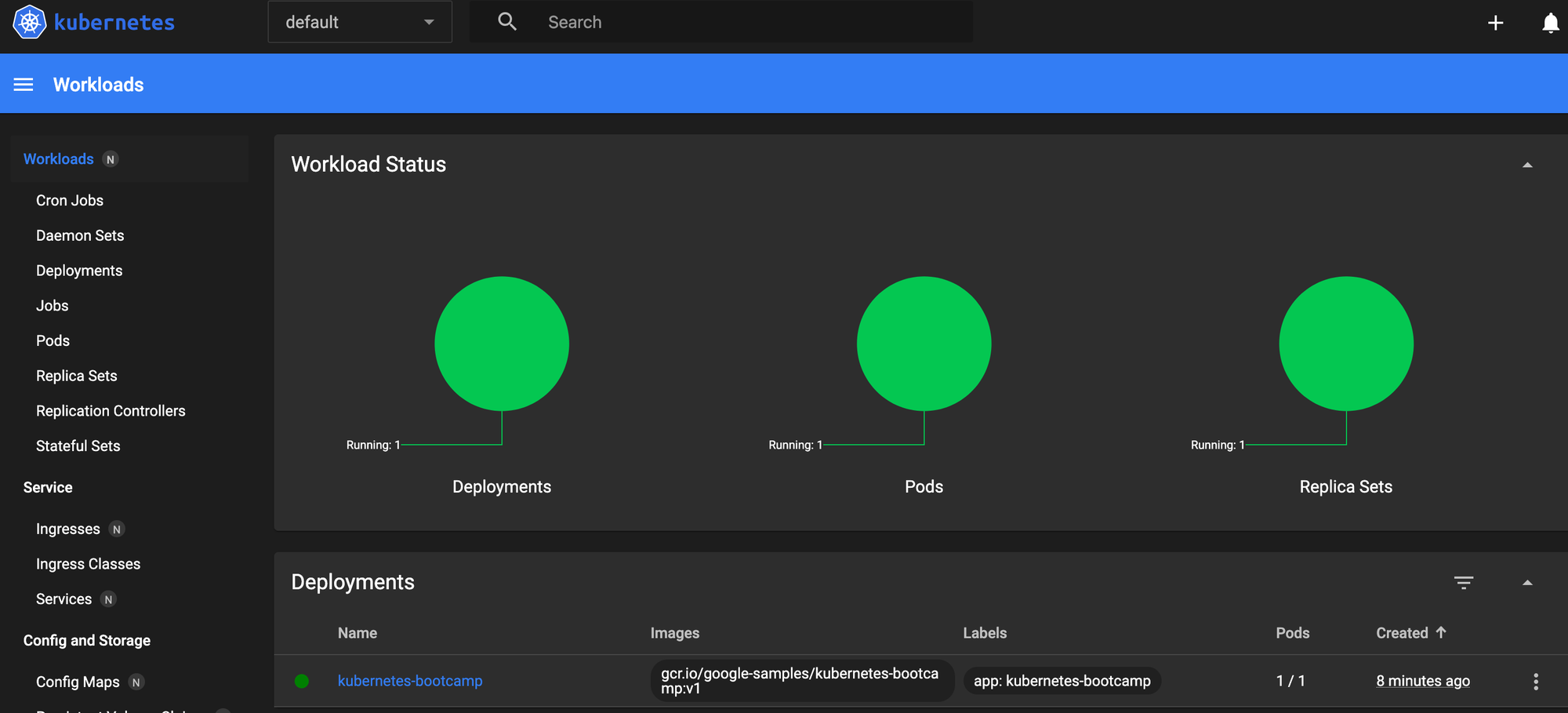Getting Started with Kubernetes
Getting started with Kubernetes involves understanding its architecture, setting up a cluster, and learning how to use its primary command-line tool, kubectl. Here's a concise guide to help you kickstart your journey with Kubernetes:
1. Understanding Kubernetes
- What is Kubernetes? Is an open-source container orchestration platform used to automate the deployment, scaling, and management of containerised applications. It groups containers that make up an application into logical units for easy management and discovery.
Why you need Kubernetes and what it can do
Containers are a good way to bundle and run your applications. In a production environment, you need to manage the containers that run the applications and ensure that there is no downtime. For example, if a container goes down, another container needs to start. Wouldn't it be easier if this behaviour was handled by a system?
Kubernetes provides you with:
- Automated rollouts and rollbacks You can describe the desired state for your deployed containers using Kubernetes, and it can change the actual state to the desired state at a controlled rate. For example, you can automate Kubernetes to create new containers for your deployment, remove existing containers and adopt all their resources to the new container. Such as rolling to a previous version.
kubectl rollout undo deployment/nginx-deployment --to-revision-2
3. Setting up a kubernetes cluster
- Local Machine: For learning purposes, you can set up a Kubernetes cluster on your local machine using tools like
minikube - Cloud Providers: Major cloud providers like AWS, Google Cloud, and Azure offer managed Kubernetes services. These services abstract away much of the complexity and allow you to focus on deploying applications.
- Production Environment: For production environments, consider using
kubeadmfor deploying a Kubernetes cluster on-premises or on your data center. This tool is officially supported by Kubernetes for production use.
3. Installing and Using kubectl
- Installation:
kubectlis the command-line tool for interacting with Kubernetes clusters. Install it on your machine to manage your cluster. - Basic Commands: Familiarize yourself with basic
kubectlcommands to manage your cluster. For example: kubectl get nodesto list current nodes configuration, it communicates with the Kubernetes API server, retrieving the necessary information from the cluster’s control planekubectl get podsto list all pods in the current namespace.kubectl apply -f <filename>to apply a configuration file to your cluster.kubectl delete -f <filename>to delete resources defined in a configuration file.
4. Learning Resources
- Official Documentation: The official Kubernetes documentation is a comprehensive resource that covers everything from basic concepts to advanced features.
- Community Forums: Engage with the Kubernetes community on platforms like Stack Overflow, Reddit, and the Kubernetes Slack channel. These are great places to ask questions and learn from others.
- Online Tutorials and Courses: There are numerous online platforms offering Kubernetes tutorials and courses, such as Coursera, Udemy, and Katacoda. These can provide structured learning paths and hands-on exercises.
5. Practice
- Deploy an Application: Start by deploying a simple application to your cluster. Use Kubernetes manifests to define your application's deployment, service, and other resources.
- Explore Kubernetes Concepts: Dive into Kubernetes concepts like Pods, Services, Deployments, and Ingress. Understanding these will help you manage your applications effectively.
- Monitoring and Logging: Learn how to monitor your cluster and applications using tools like Prometheus and Grafana, and how to set up logging with EFK (Elasticsearch, Fluentd, Kibana).
Demo Dashboard running on minikube

6. Next Steps
- Advanced Topics: Once you're comfortable with the basics, explore more advanced topics like Kubernetes security, autoscaling, and stateful applications.
- Certifications: Consider obtaining Kubernetes certifications like the Certified Kubernetes Administrator (CKA) to validate your skills and knowledge.
By following these steps and utilizing the resources mentioned, you'll be well on your way to mastering Kubernetes and leveraging its powerful features for managing containerized applications at scale.